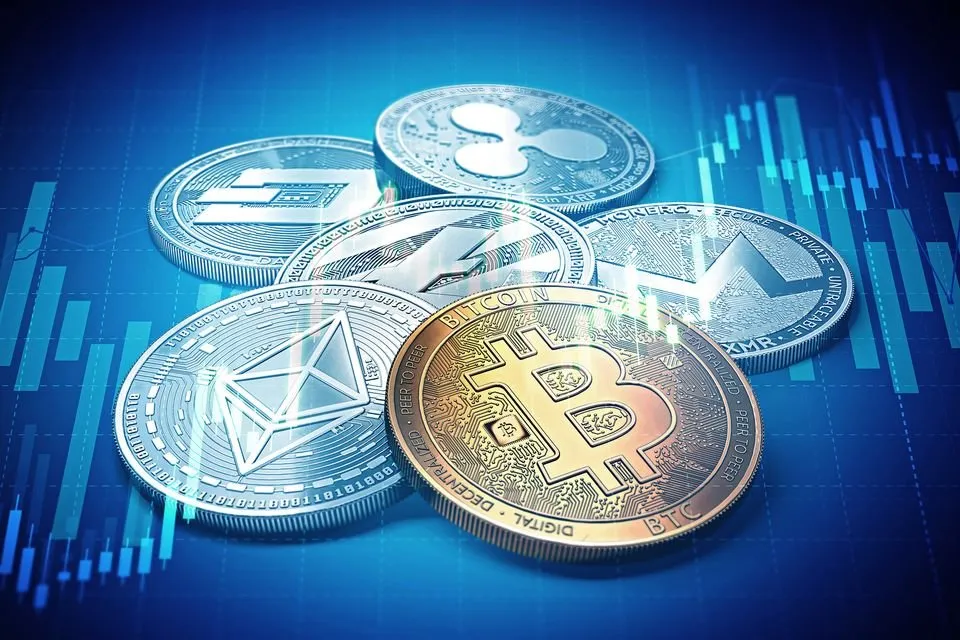
People are very quick to draw conclusions. Sadly, when this is done, those conclusions are spread with others picking up on it. In a short period of time, this can reach consensus, which is why the masses are often wrong. Jumping the gun, so to speak, can have devastating effects.
We all know the proclamations about Bitcoin being dead. There are even sites that monitor the number of times that happens. It is now in the hundreds yet, ironically, Bitcoin is still plugging along. I recall reading comments when Bitcoin was in the 3 thousands how it was going to zero and nothing but a lark.
I bet most of those people wished they got in at those levels even if for a quick trade.
The most recent target appears to be EOS. It seems the problem of centralization is getting a lot of attention. This was a concern for many from the start which means, after a year, it is now validated.
EOS is experiencing a situation where the top 20 block producers are coming from the same geographic region. Since they are all from China, this provides an added angst since that country has tended to be very volatile when it comes to cryptocurrency.
There are accusations of vote tradings meaning that a small circle is gaining more control as time goes by. The largest stake holder, BlockOne refused to step in thus far, further alienating some of the smaller block producers.
“We at EOS Tribe have never participated in the game of vote trading and stayed true to our principles, and hence while we leave EOS as Block Producer, we are also free to speak truth and give warnings to the rest.”
This caused a number of them to pick up and leave. They stopped producing for EOS to focus attention on other blockchains or forks of the EOS chain.
https://www.coindesk.com/everyones-worst-fears-about-eos-are-proving-true
Certainly, all of this sounds very bad for EOS if it is, indeed, happening. I am not disputing what was written in the article; I am sure it is valid and accurate.
However, the point I want to make is the fact that EOS is a little over a year old. Accusations of centralization were levied against Bitcoin as recently as a a little over year ago when that blockchain was approaching a decade old. Since that time, the fall in price led to a number of miners closing up shop, distributing the operations outward. As the price increases, we might find it ebbs back as bigger players get involved.
Of course, at the heart of all this, and how it pertains to EOS, is the concept of DPOS. Many question the validity of such as system believing it is always up for abuse and manipulation.
This could well be true and we will see how things progress over the next 5 years or so. We are involved in something that is unfolding on many layers and it will take time to work itself out. That is the irony of making a proclamation such as this.
Currencies, when first introduced, are highly centralized. That is unavoidable. The early adopters are the only ones holding any tokens. This usually entails a massive amount that was awarded to the team behind the project.
They key is the distribution method. How are tokens going to get in the hands of others? What is it going to take to fill their wallets?
For a token like Bitcoin, this is only done through mining. There is no other mechanism to distribute other than that. Hence, over time, miners receive more tokens from the blockchain which are then distributed. This comes in the form of a sale of some type. Over time, businesses are set up which reward people in BTC, thus allowing others to get involved. So far, the numbers appear to be overwhelmingly in favor of the buy camp. Very little, from what I can tell, is distributed through the later method.
This holds true for most currencies. The particular blockchain, either POW or POS, still has to distribute. Ultimately, that is something that takes time.
It seems people are quick to jump to conclusions about all of this. This could be a problem since it is proven repeatedly that one cannot look at these projects in the short term. Without mass development leading to adoption, of course there are going to be a few holders having the bulk of the currencies. They were the ones who started with it and will not part until they cash out.
One thing lower prices did was to afford many the opportunity to add to their holdings. Bitcoin received a great deal of publicity for the fact that some of their larger accounts not only held through the bear market, but added to their positions. These are the ones who obviously believe in the future of BTC and are willing to enhance their positions.
We see this across the board. Honestly, token prices, especially for alt-coins, are at ridiculous levels. People can add to their position for pennies compared to what it use to cost. This opportunity is open to everyone yet, like with Bitcoin, it is the accounts that are more invested that seem to be doing the bulk of the buying.
Once again, those who believe in the project tend to add more.
On Proof-of-Stake blockchains, this is how distribution can affect things. When more people accumulate the token, the power is spread out more. As most of us are aware, this is a slow process. I do not know the exact ins and outs of EOS but I can assure you that the movement that took place over the last year is small compared to what will happen over the next decade (if the blockchain is successful). It is only 14 or 15 months old.
Here we see people who have pre-conceived notions, the idea that DPOS causes centralization, using short term feedback as a reason to validate the conclusion. Once again, I am not saying this is wrong, it could be the eventual outcome. However, to promote that it is coming true could be more speculation.
The point of all this is that it takes time for the statistical long-tail to emerge. This is a mathematical concept that is often overlooked yet has held true through the digital age. We could be embarking upon the greatest long-tail in Internet history with currencies if people will just give it a chance.
Ultimately, a lot of this is experimental. We do not know if DPOS is the calling card. Nor are we certain POW is the way to go either. What we can say is a blockchain like Ethereum is moving from POW to POS with their hard forks that are coming up. This is a major validation, in my opinion, for POS.
We are dealing with technology and human behavior here. One is very quick to change while the other takes forever.
Thus, jumping the gun with conclusions could be very dangerous. It could turn out what we are looking at today is not even part of the equation in a year or two.
With how technology changes, this is most likely the case.
None of this is financial advice and, as a disclaimer, I am not a holder of the EOS token.
If you found this article informative, please give an upvote and resteem.

